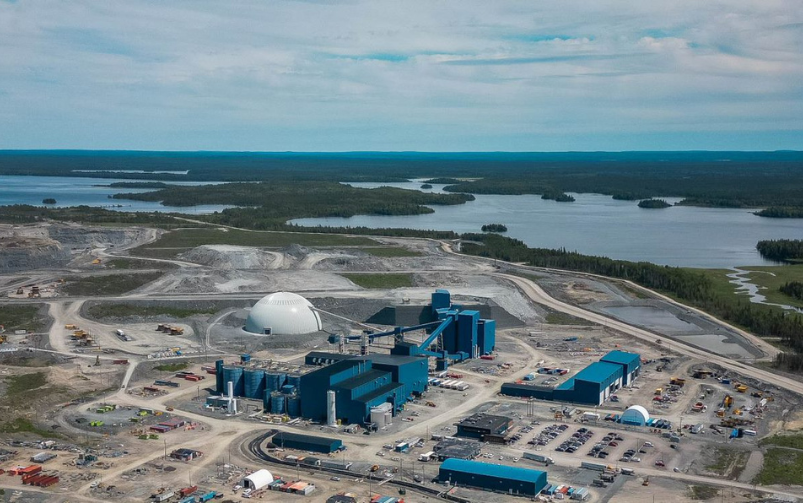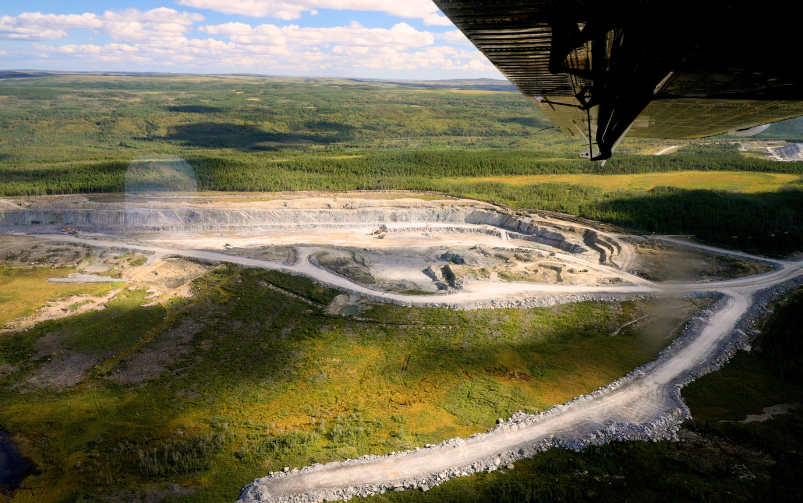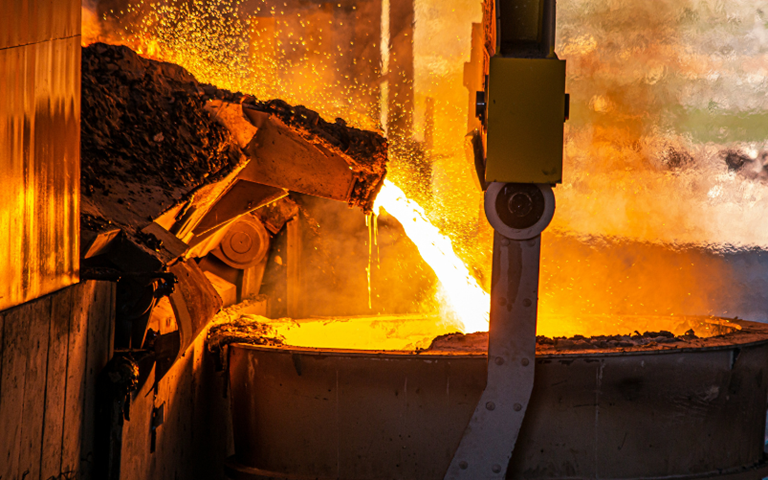Steel production currently accounts for eight per cent of global energy-related greenhouse gas emissions. Yasin Hemmati via Unsplash.
Major iron ore producers BHP and Rio Tinto have partnered up for the first time on a downstream project with BlueScope Steel, Australia’s largest steelmaker, with the intent of developing a green steel pilot project that could significantly reduce carbon emissions for global steelmakers relying on Australia for iron ore.
If constructed, the facility will be used to demonstrate how the production of molten iron from iron ore sourced from BHP and Rio Tinto’s mines in the Pilbara region of Western Australia is possible through the combined use of renewable power and direct reduced iron (DRI) technology.
The first step of this project requires the two mining giants and BlueScope to produce a pre-feasibility study (PFS) centred on developing a pilot ironmaking electric smelting furnace (ESF). The PFS is planned to be completed by the end of this year. If constructed, this furnace would be the first of its kind in Australia, and if the project progresses, the pilot facility operations could start sometime in 2027.
Once running, the pilot plant will require several years of operation before it progresses to commercial production, which the companies estimate would likely not begin before 2030. Potential locations for the project are being assessed by the companies.
In a Feb. 9 joint statement, the companies stated that the ESF allows for greater flexibility when inputting raw materials, as other low CO2 emission-intensity production approaches—such as electric arc furnaces—rely on scrap steel and DRI produced from high-grade iron ores. Most of the iron ore currently produced in the Pilbara region is not a high enough grade for DRI-based green steel production; however, the ESF would enable the use of lower-grade iron ore. The companies stated that the ESF could address one of the key barriers to wider adoption of low carbon emissions technology for steel production.
“If we can crack it, it’s going to be a significant uptick for the mining industry ... Australia in general and the globe,” said Tim Day, BHP’s incoming Western Australia iron ore asset president, at a Feb. 9 press conference announcing the project, as reported by Reuters.
The project will build on previous work done by Rio Tinto and BlueScope back in 2021, where the companies first began to zone in on how carbon emissions could be cut during an early phase of processing iron by using clean hydrogen for direct reduction instead of metallurgical coal. This then converts the iron ore to DRI.
The companies stated in the recent project announcement that DRI-ESF technology could replace the traditional blast furnace, which uses metallurgical coal as feedstock in the steel production process, which could reduce emissions by more than 80 per cent when processing Pilbara iron ore. This would help to reduce the global carbon footprint for steelmaking, the companies said in a Feb. 9 joint statement.
"We need to ensure that iron ore from Australia is well-positioned for a green steel future," said Simon Trott, Rio Tinto's iron ore chief executive, during the press conference. "We know we can't solve this issue alone, we need to partner with others to find a solution."
According to the World Economic Forum's Net-Zero Industry Tracker for 2023, steelmaking production was responsible for eight per cent of global energy-related greenhouse has emissions.
In response to the announcement, Simon Nicholas, lead analyst for the global steel sector at the Institute for Energy Economics and Financial Analysis (IEEFA), expressed in a Feb. 12 article that with the shift to using hydrogen-based DRI plants over coal-fed blast furnaces for low-carbon steelmaking, “it is becoming even clearer that CCUS [carbon capture, utilization and storage] will not play a meaningful role in steel decarbonization.” On the same day, Fortescue executive chairman Andrew Forrest voiced concerns around the ineffectiveness of CCUS in reducing global CO2 emissions from fossil fuels while speaking at the 50th anniversary meeting of the International Energy Agency.
In the Feb. 9 announcement, the companies stated that they would consolidate the work each party has completed to date in ESF technology.




